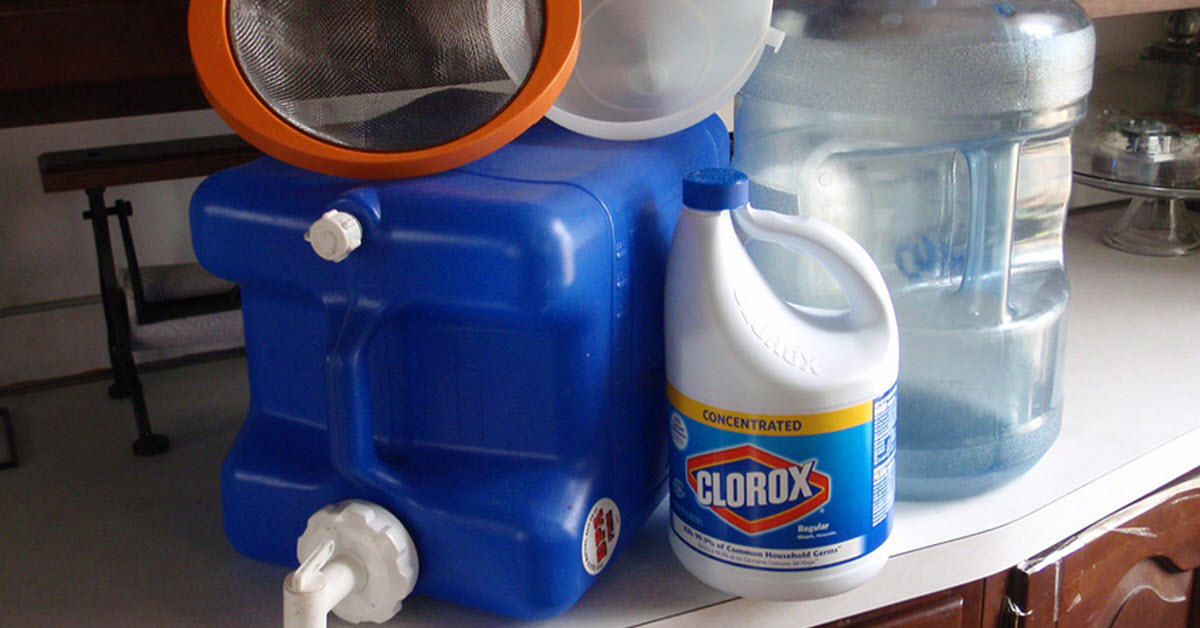When we are faced with any type of disaster, there are certain things we will need in order to survive. Perhaps your first thought is food, and it is important to have enough food available for you and your family. The fact of the matter is, however, people can live for weeks or months without food but if you don’t have water, you are not going to last long.
The general recommendation is to have 3 days’ worth of water. This would include 1 gallon of water per person per day for drinking, cooking and hygiene. Storing that much water is not difficult but if you plan on doing any water storage for long-term survival, you need to take things to a new level. You may be able to store some gallons of water for use but from that point, you will need to be creative.

One way you can improve your water storage came is by using larger containers. Rather than buying plastic jugs of water and rotating them regularly, you can use these larger containers for long-term storage. Perhaps one of the most important things to consider when doing so is cleanliness.
The container needs to be cleaned thoroughly with soap and water but then you need to rinse the container so that all of the soap residue is gone. You should then sanitize the containers further by using a mixture of 1 teaspoon of chlorine bleach in 1 quart of water. Be sure that every part of the interior of the container is touched by the liquid, including caps and lids. Rinse the chlorine bleach from the container thoroughly.
Fill the containers to the top with tap water. You can then sanitize the water by adding two drops of chlorine bleach to it and then seal the containers tightly. It is best if you don’t touch the container or the lid with your hands. Wear gloves to keep from contaminating the water.

The container should be labeled. Some people use regular label stickers for this purpose but you may find it is better to write directly on the container with a permanent marker. You can then store the water in a dark, cold place for up to six months. At that point, begin the process again to restore clean drinking water.
One other option you may want to consider is using some of the old water as nondrinking water for emergency and sanitary purposes. Of course, it would depend upon the amount of storage space you have available and the amount of time you have to put into it.
Water will last for a very long time if it is stored properly. That being said, it may also spoil if contaminants exist or if bacteria grow within it. As long as you keep things properly sanitized, you can store an amazing amount of water in your survival pantry.
